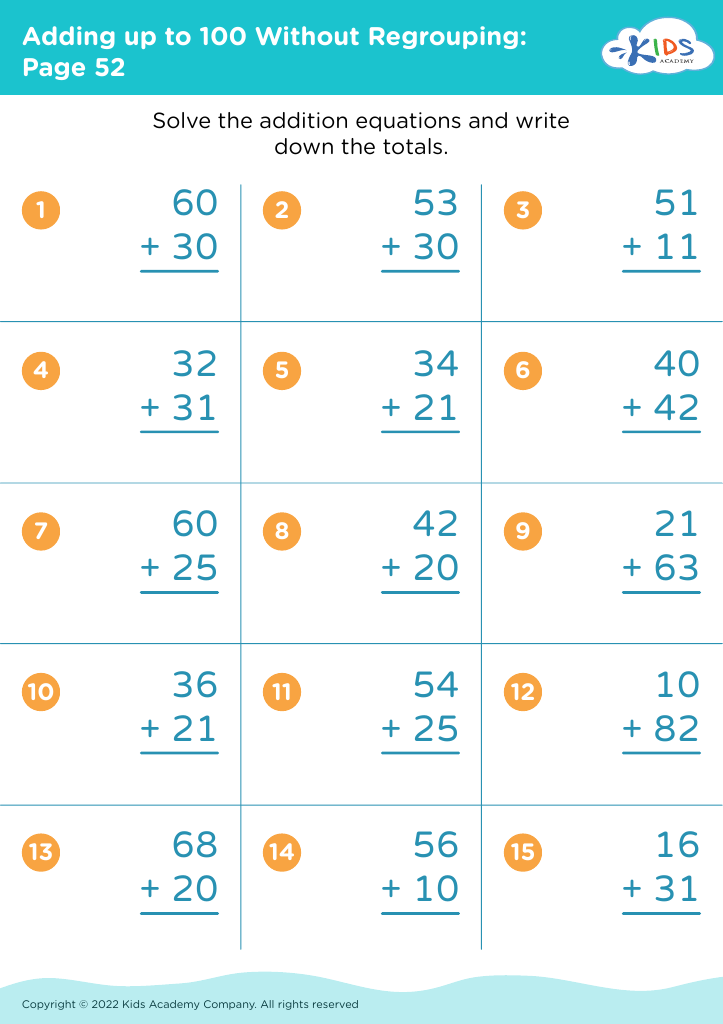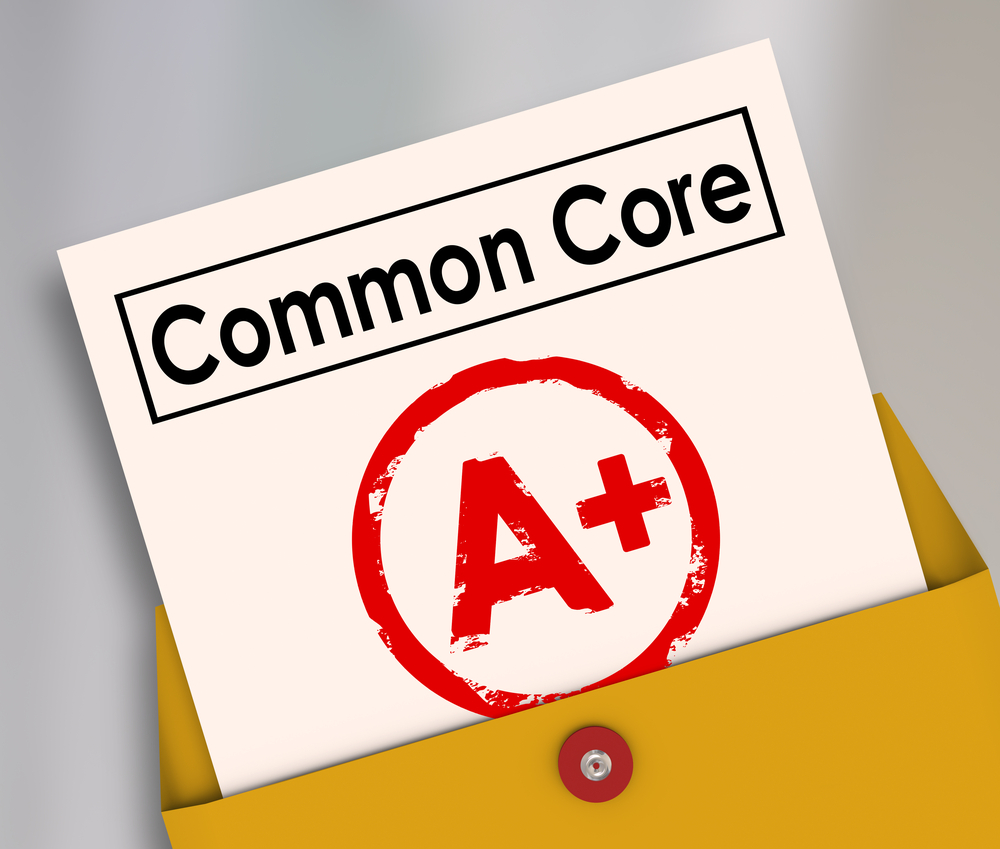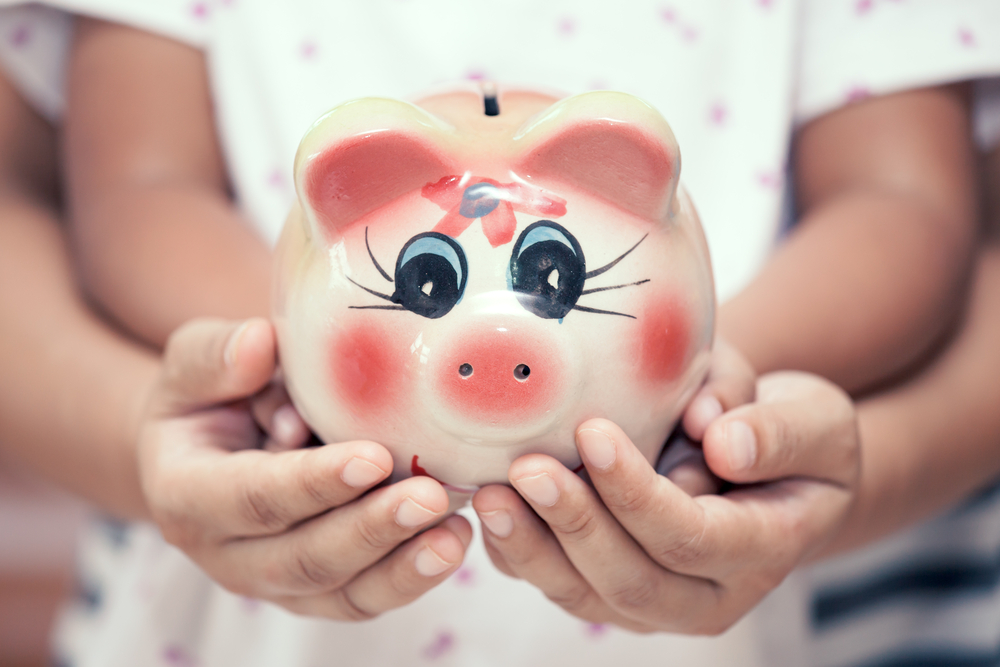Fraction visualization Math Worksheets for Ages 7-9
8 filtered results
-
From - To
Explore our engaging Fraction Visualization Math Worksheets designed specifically for children aged 7-9. These worksheets help young learners grasp fractional concepts through fun and interactive exercises that improve understanding. From visual representations to practical applications, our materials provide essential practice for reinforcing fraction skills. Each worksheet is tailored to accommodate different learning styles, making it easier for kids to visualize and solve fraction problems. Whether at home or in the classroom, these resources support teachers and parents in fostering mathematical confidence and competence. Download our Fraction Visualization worksheets today and make learning about fractions an enjoyable experience for your child!
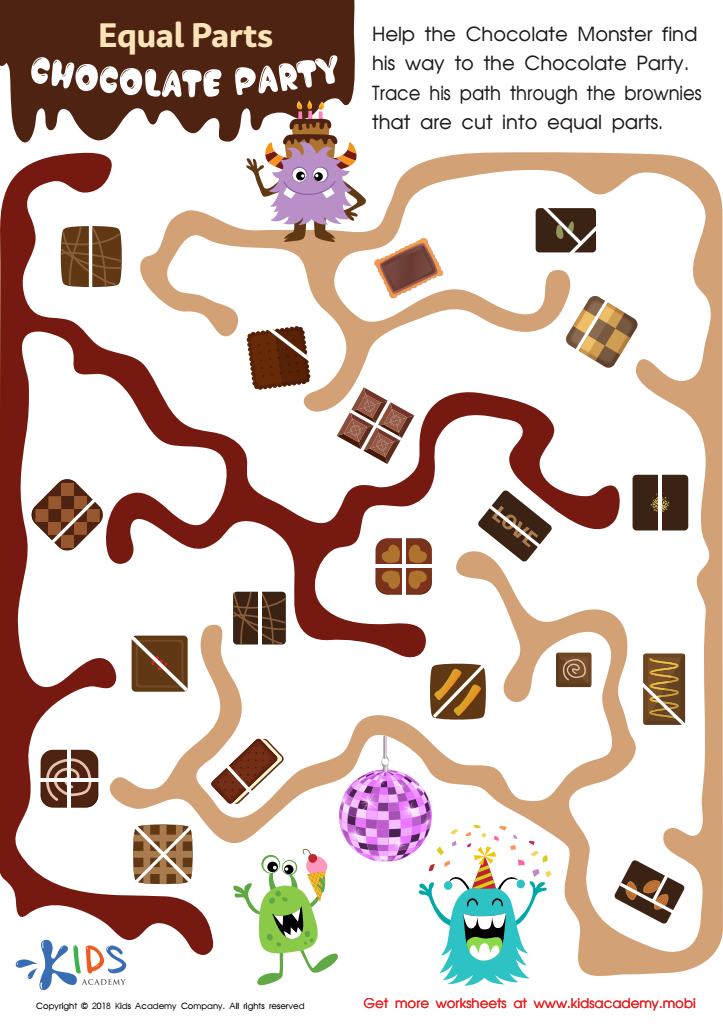

Equal Parts: Chocolate Party Worksheet
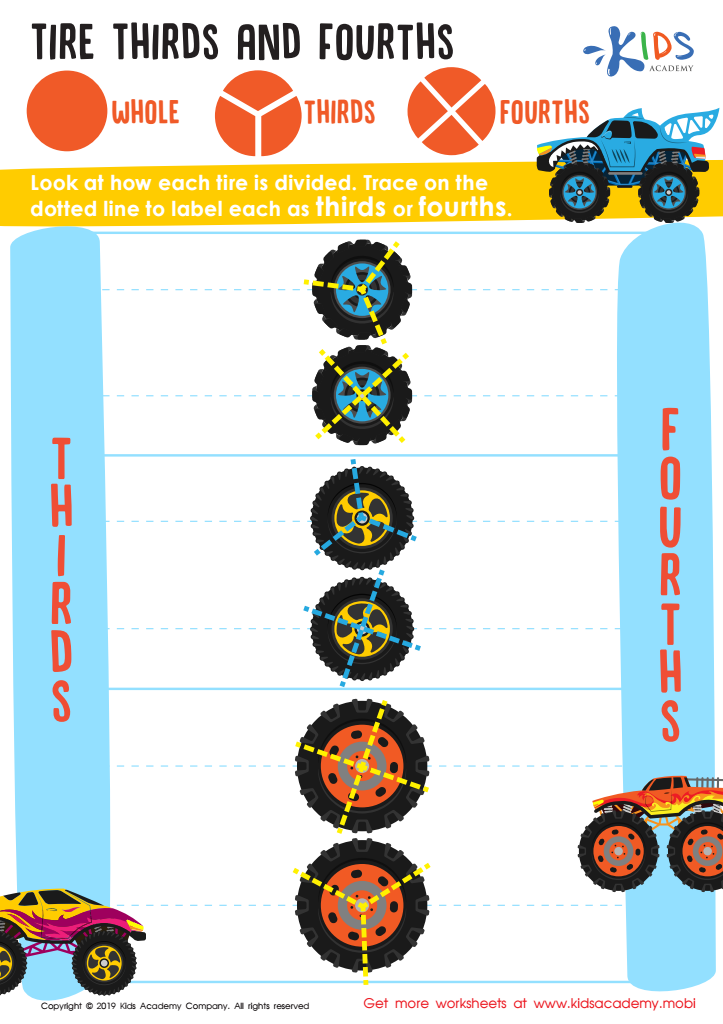

Tire Thirds and Fourths Worksheet
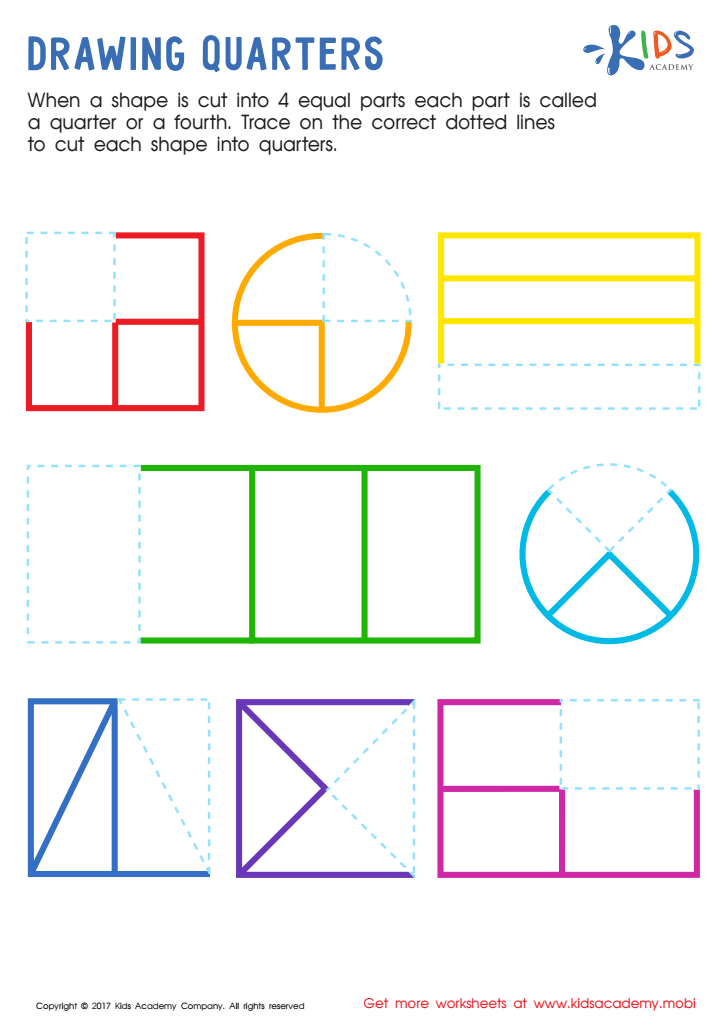

Drawing Quarters Worksheet
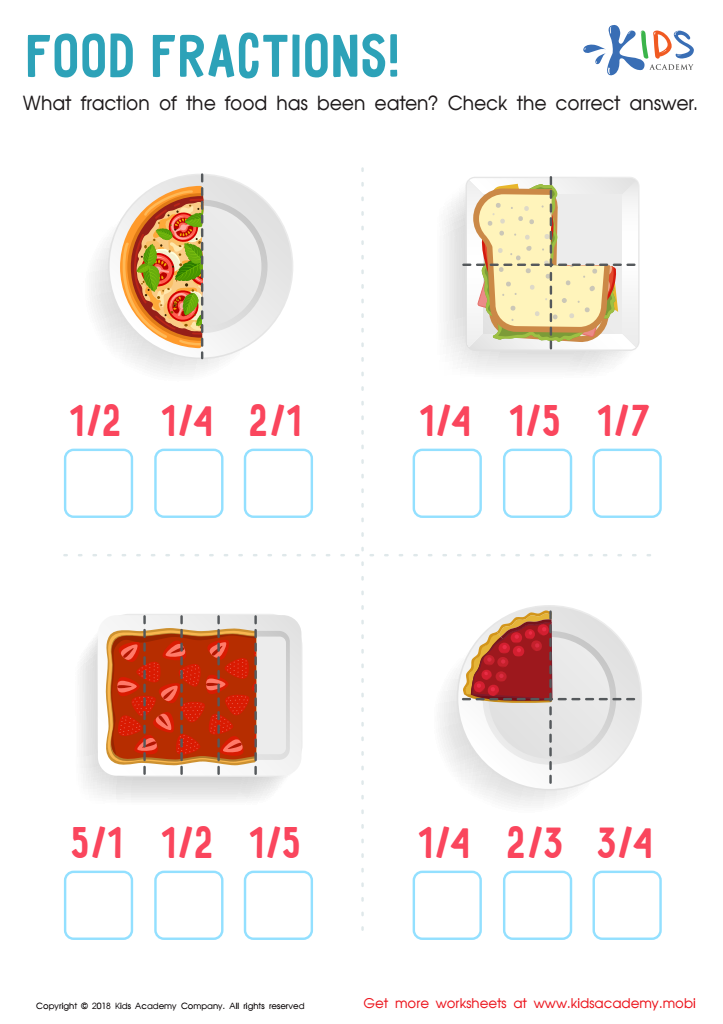

Food Fractions Worksheet
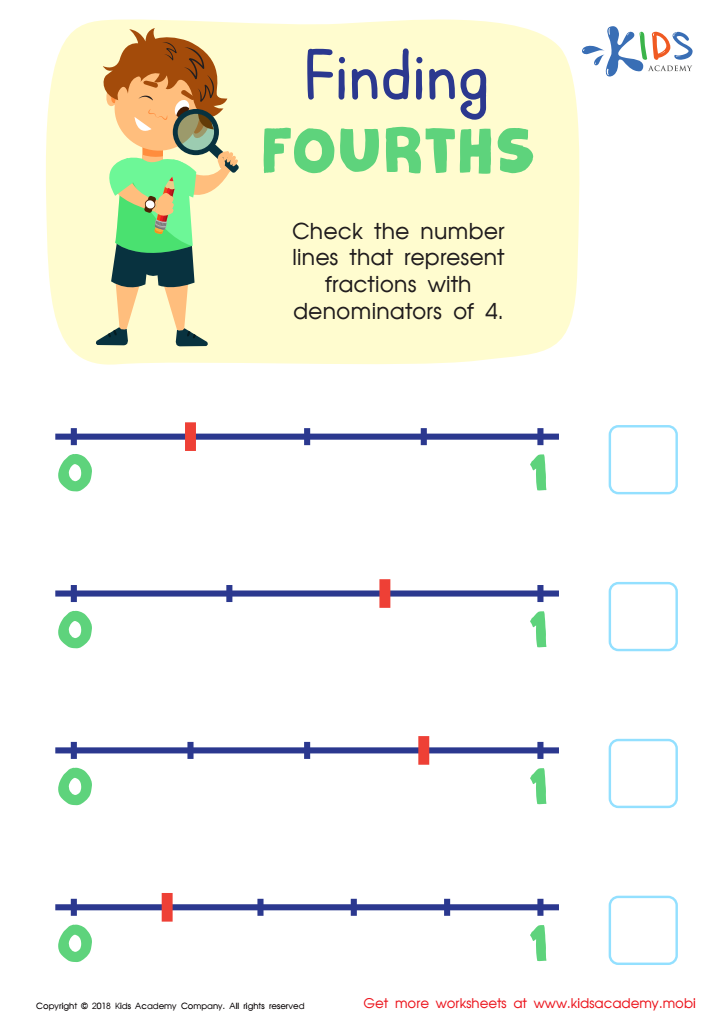

Finding Fourths Worksheet
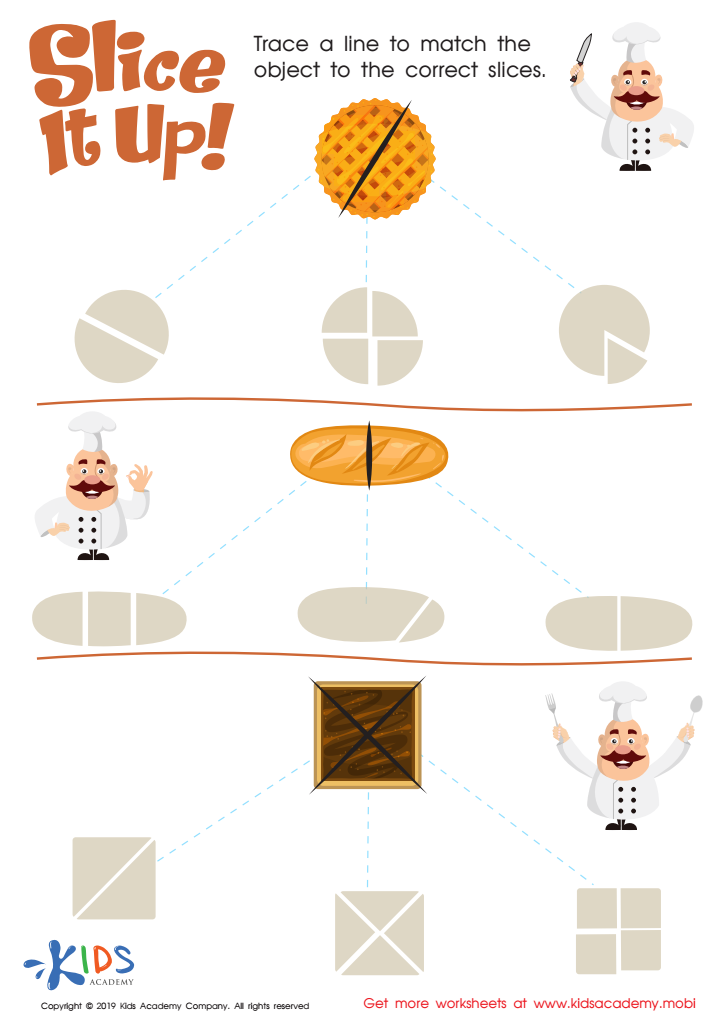

Slice It Up Worksheet
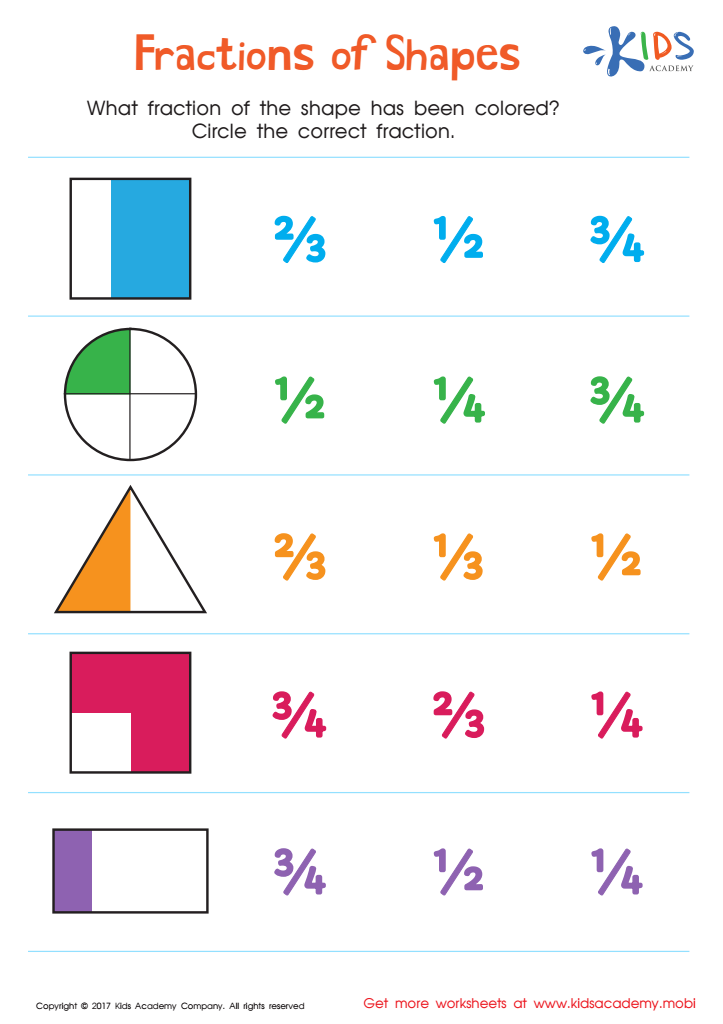

Fractions of Shapes: Math Concept Worksheet
Fraction visualization is a critical skill for children ages 7-9, as it lays the foundation for deeper mathematical understanding. At this age, children are transitioning from concrete to more abstract thinking, and effective visualization helps them grasp the concept of fractions beyond mere numbers. By using visual aids—like pie charts, fraction bars, or drawings—children can more readily see how parts relate to a whole and to each other. This supports their ability to perform operations with fractions, compare sizes, and understand equivalent fractions.
Moreover, visualizing fractions fosters engagement and reinforces creativity in math. It makes learning more interactive and caters to various learning styles, ensuring that every child can build confidence and a positive attitude towards math. As parents or teachers, promoting fraction visualization not only aids academic performance but also nurtures critical life skills. By embracing visual techniques, parents and teachers facilitate a deeper comprehension of fractions that will benefit students as they encounter increasingly complex mathematics in school. Encouraging fraction visualization early on provides children with the tools to make connections, enhance problem-solving abilities, and create a solid groundwork for future mathematical learning.

 Assign to My Students
Assign to My Students
